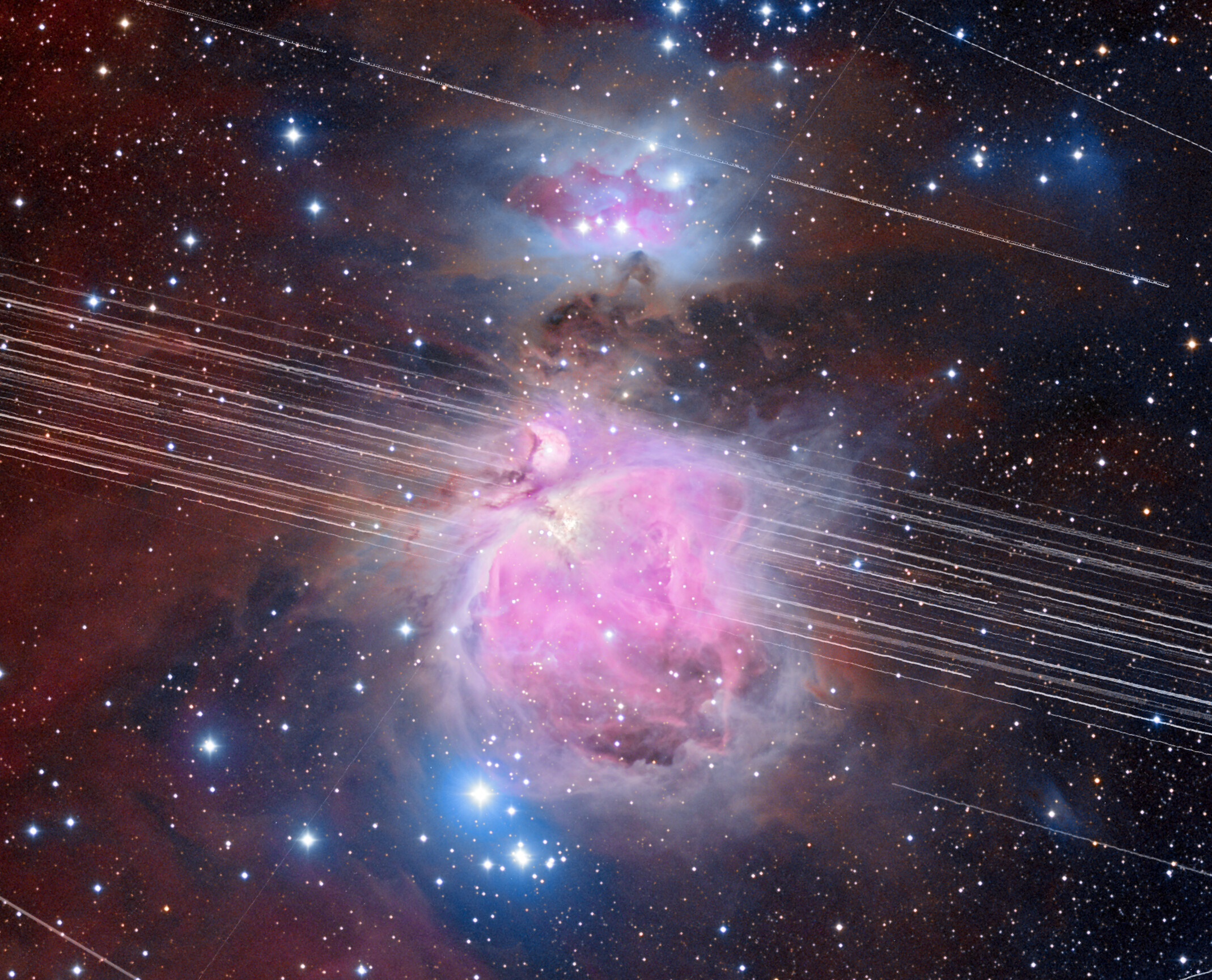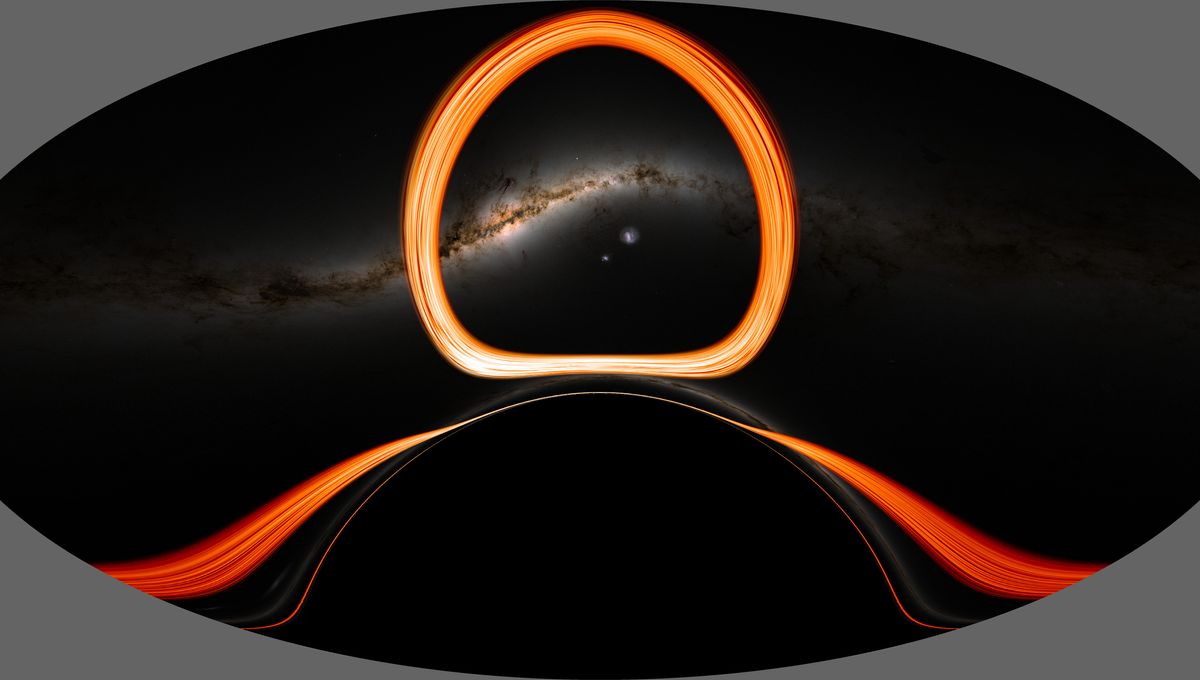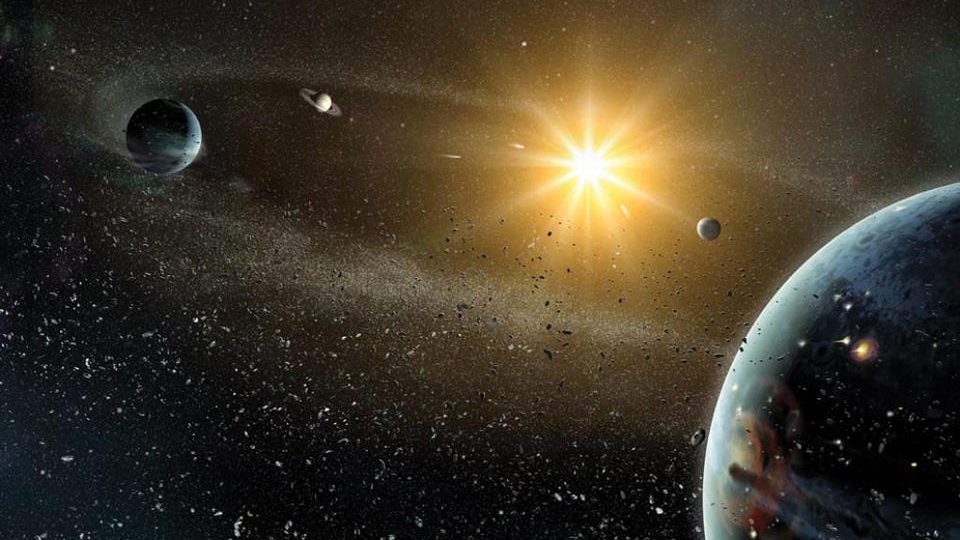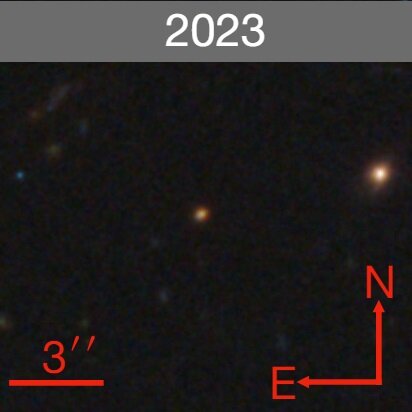Sidebar
Astronomy
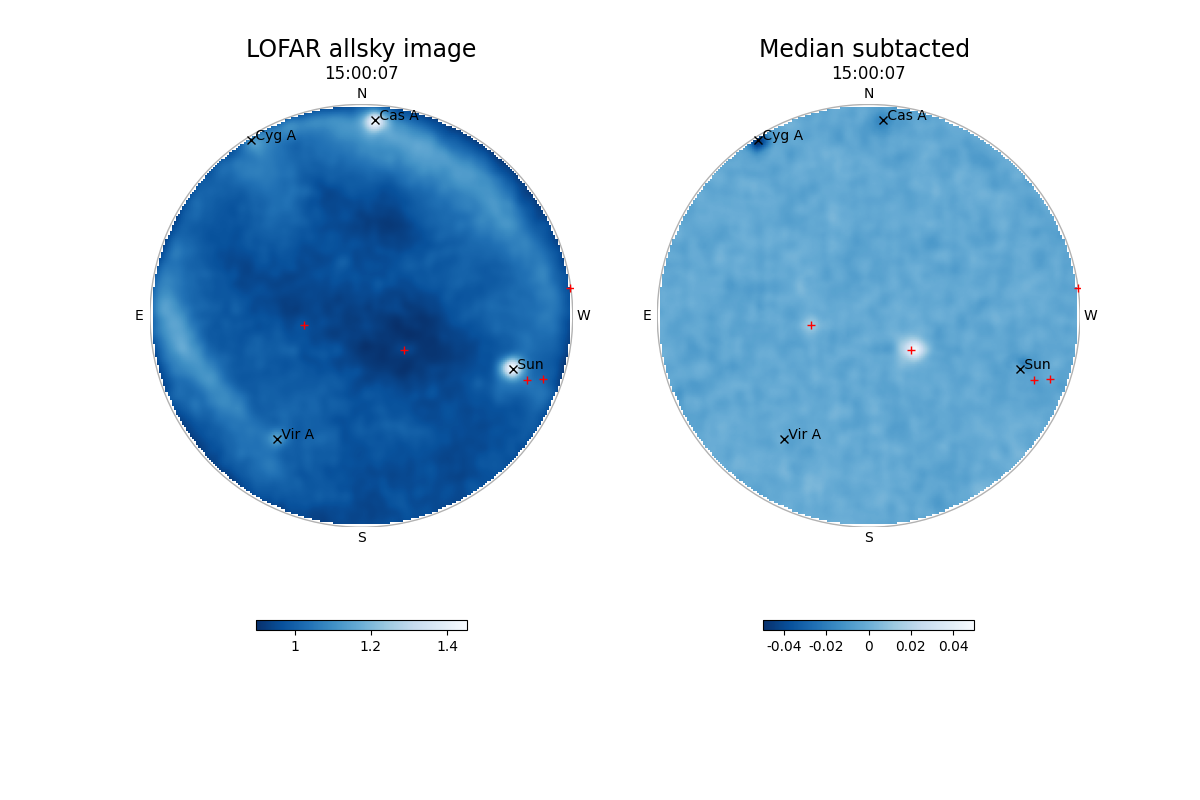 www.astron.nl
www.astron.nl
> **Observations with the LOFAR (Low Frequency Array) radio telescope last year showed that first generation Starlink satellites emit unintended radio waves that can hinder astronomical observations. New observations with the LOFAR radio telescope, the biggest radio telescope on Earth observing at low frequencies, have shown that the second generation ’V2-mini’ Starlink satellites emit up to 32 times brighter unintended radio waves than satellites from the previous generation, potentially blinding radio telescopes and crippling vital research of the Universe.**
 phys.org
phys.org
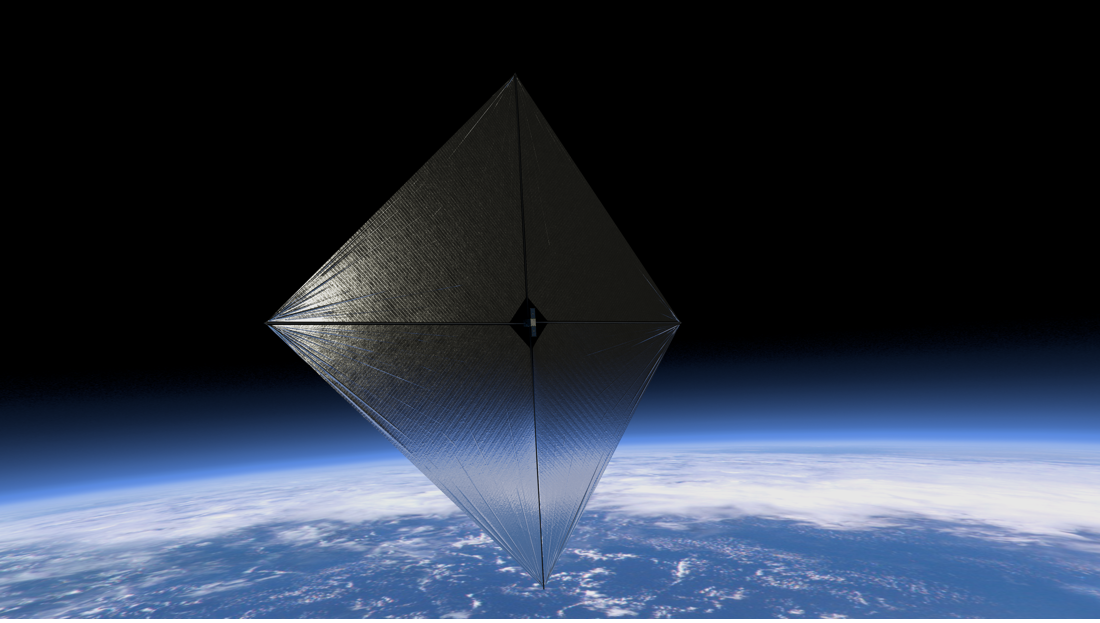 www.space.com
www.space.com
 phys.org
phys.org
cross-posted from: https://rss.ponder.cat/post/16484
 phys.org
phys.org

[Source](https://x.com/TerribleMaps/status/1822574773961933288)
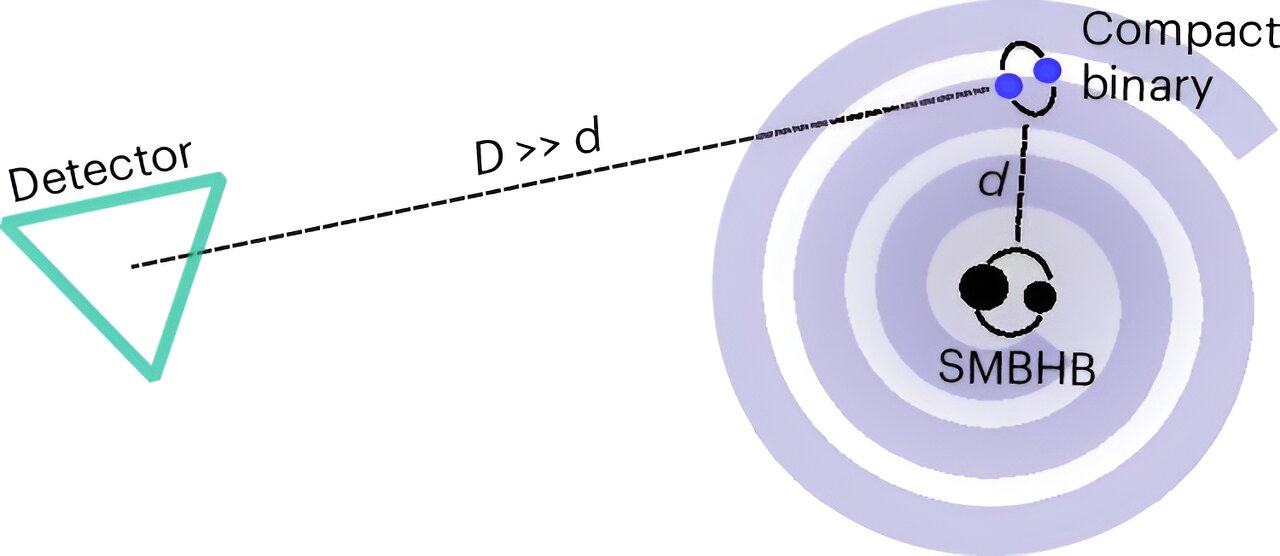 phys.org
phys.org
As always with these news it is still too early to draw conclusions: more analysis and tests are necessary. https://www.nasa.gov/missions/mars-2020-perseverance/perseverance-rover/nasas-perseverance-rover-scientists-find-intriguing-mars-rock/
I was about 30 years old when I talked to my mother about some program on TV about astronomy when she mentioned that our sun is a star. It's like all the other stars we see during the night, it's just closer to us so it appears bigger. My mind was blown. I didn't understand how I could have lived for 30 years and never thought this thought. Yesterday me and our 10 years old were talking about the universe and things in it, and I mentioned to her that our sun is just a star like all the other ones we see during the night. I saw that her mind was as blown as mine was back when my mom told me this fact. Actually even in the song "Twinkle twinkle little star, how I wonder what you are." it encourages us to think about this fact, but it took me 30 years to do so.

From the other place: https://www.reddit.com/r/space/comments/1dmibwd/this_is_my_most_advance_moon_photograph_ever_it/ Pics too good to miss. :)  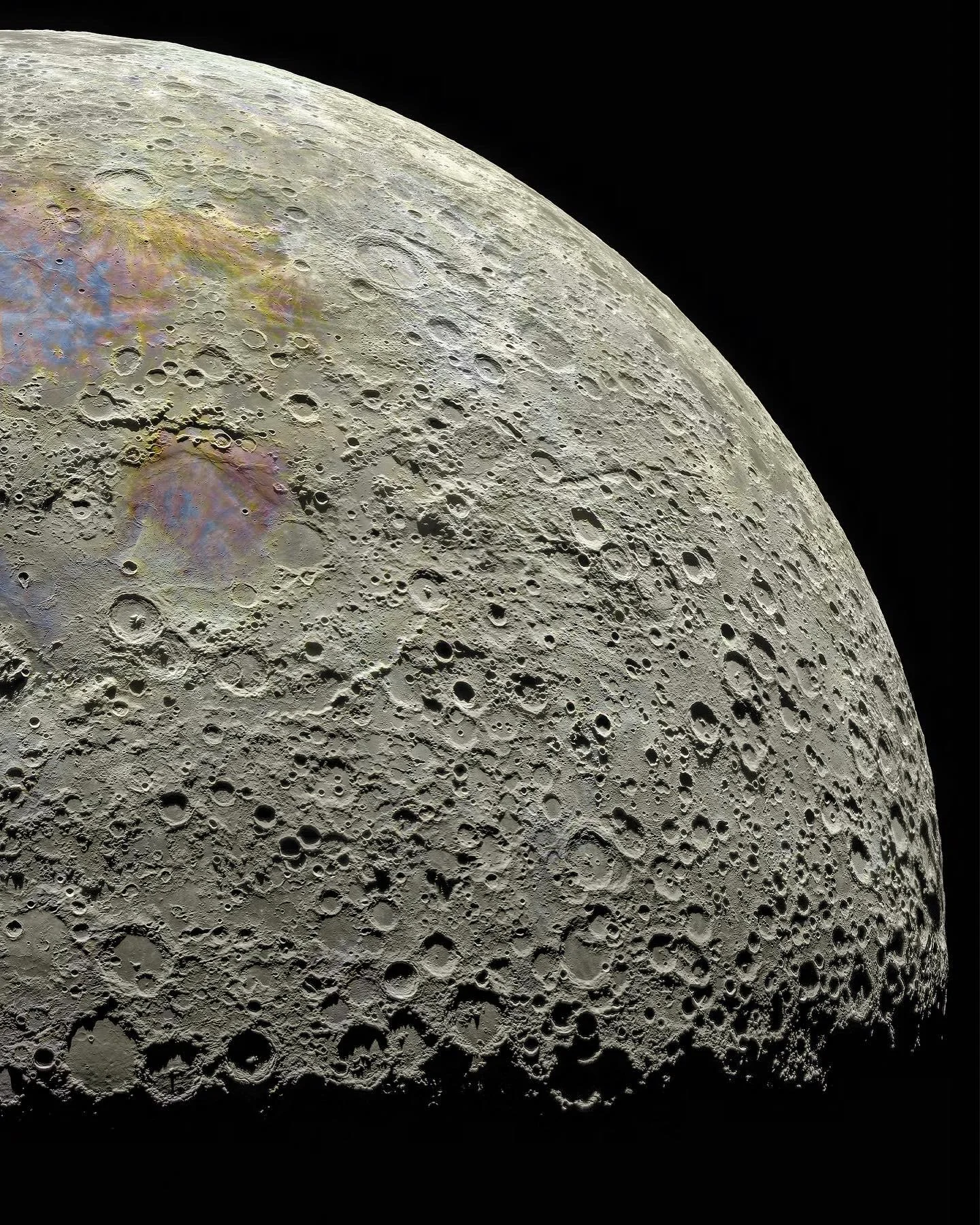
Another interesting video from Scott Manley.
 martincmartin.com
martincmartin.com
cross-posted from: https://lemmy.sdf.org/post/18298626 > "I recently explored the optimal fuel burn schedule to land as gently as possible and with maximum remaining fuel. Surprisingly, the theoretical best strategy didn’t work. The game falsely thinks the lander doesn’t touch down on the surface when in fact it does. Digging in, I was amazed by the sophisticated physics and numerical computing in the game. Eventually I found a bug: a missing “divide by two” that had seemingly gone unnoticed for nearly 55 years."
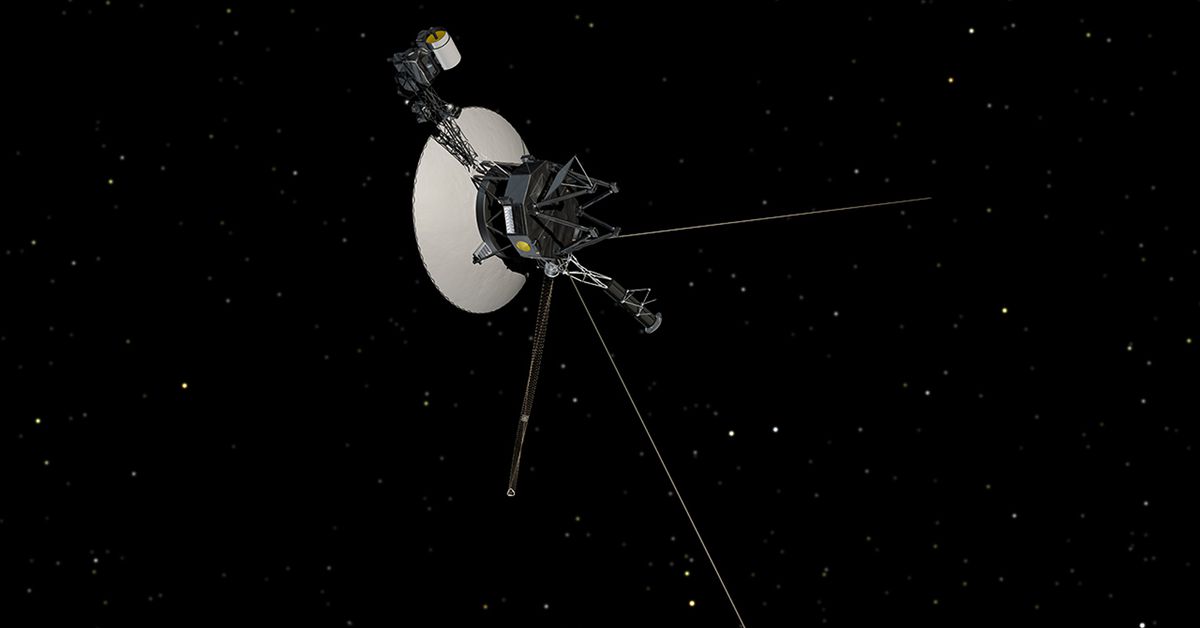 www.theverge.com
www.theverge.com
I still can't believe how this one comes back again and again. One of the greatest feat of humanity.
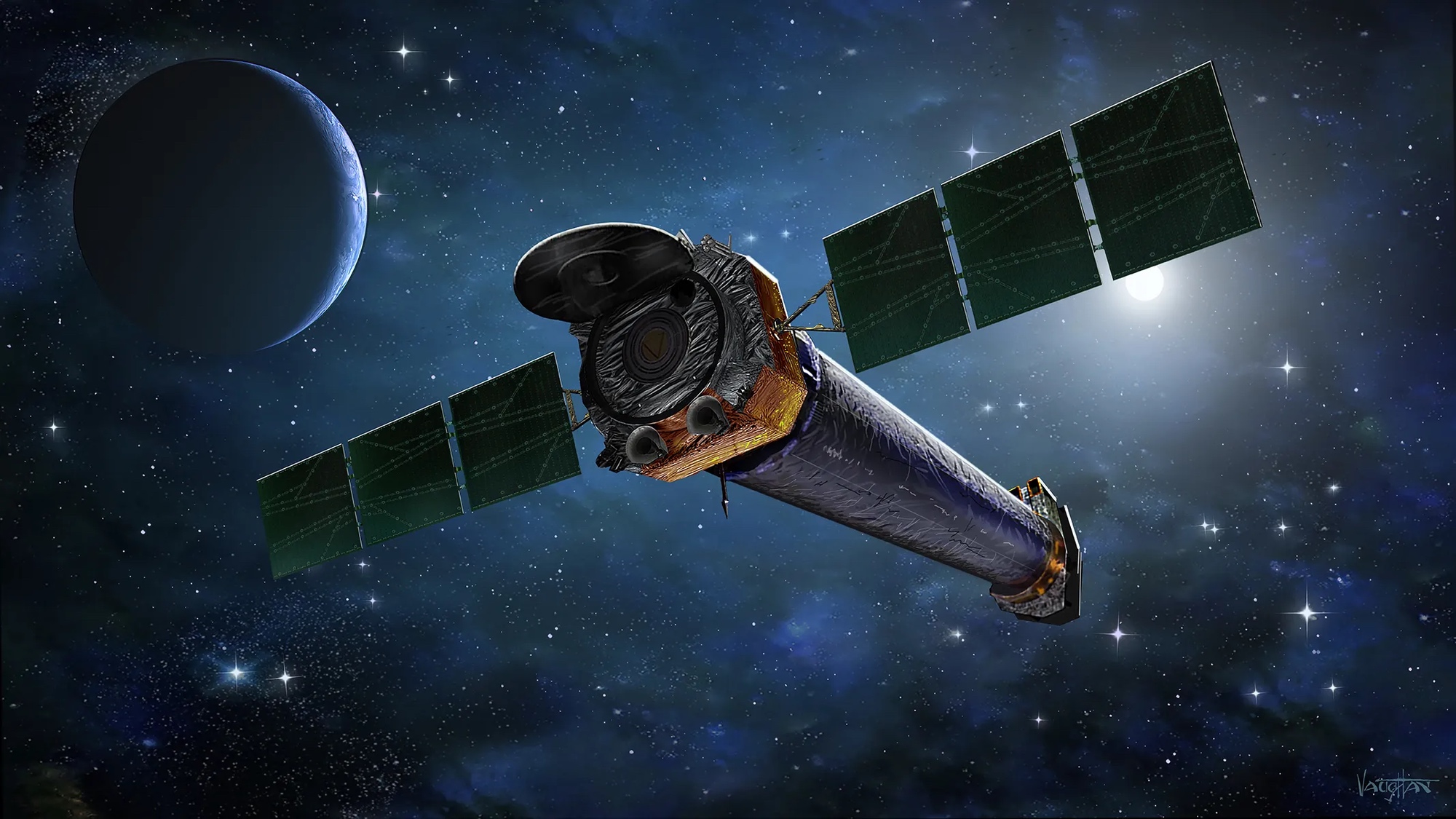 spacenews.com
spacenews.com
https://bigthink.com/starts-with-a-bang/when-cosmic-inflation-occurred/ <-- before the big bang https://bigthink.com/starts-with-a-bang/beginning-big-bang/ <-- the big bang happens here https://bigthink.com/starts-with-a-bang/universe-at-its-hottest/ <-- energy is converted into particles here https://bigthink.com/starts-with-a-bang/matter-defeated-antimatter/ <-- war between matter and antimatter particles https://bigthink.com/starts-with-a-bang/higgs-gave-particles-mass/ <-- actual matter with mass is created here. https://bigthink.com/starts-with-a-bang/protons-and-neutrons-formed/ <-- subatomic particles created https://bigthink.com/starts-with-a-bang/last-antimatter-disappeared/ https://bigthink.com/starts-with-a-bang/first-elements-formed/ <-- our atoms are created here https://bigthink.com/starts-with-a-bang/what-like-when-no-stars-existed/ https://bigthink.com/starts-with-a-bang/first-stars-began-shine/ <-- first stars are created here https://bigthink.com/starts-with-a-bang/very-first-stars-died/ https://bigthink.com/starts-with-a-bang/polluted-stars-formed/ https://bigthink.com/starts-with-a-bang/first-galaxies-began-to-form/ <-- first galaxies are created here https://bigthink.com/starts-with-a-bang/cosmic-dark-ages-ended/ https://bigthink.com/starts-with-a-bang/life-first-became-possible/ https://bigthink.com/starts-with-a-bang/universe-formed-most-stars/
 www.youtube.com
www.youtube.com
I'd certainly seen this exoplanet somewhere in my mainstream news world somewhere ... so nice to see a breakdown here from "Dr Becky" about how the science isn't so clear cut. Anyone else able to provide insight on what the possible outcomes of the newly acquired data will be?
 arstechnica.com
arstechnica.com
Roughly a year ago, astronomers announced that they had observed an object that shouldn't exist. Like a pulsar, it emitted regularly timed bursts of radio emissions. But unlike a pulsar, those bursts were separated by over 20 minutes. If the 22-minute gap between bursts represents the rotation period of the object, then it is rotating too slowly to produce radio emissions by any known mechanism. Now, some of the same team (along with new collaborators) are back with the discovery of something that, if anything, is acting even more oddly. The new source of radio bursts, ASKAP J193505.1+214841.0, takes nearly an hour between bursts. And it appears to have three different settings, sometimes producing weaker bursts and sometimes skipping them entirely. While the researchers suspect that, like pulsars, this is also powered by a neutron star, it's not even clear that it's the same class of object as their earlier discovery.



